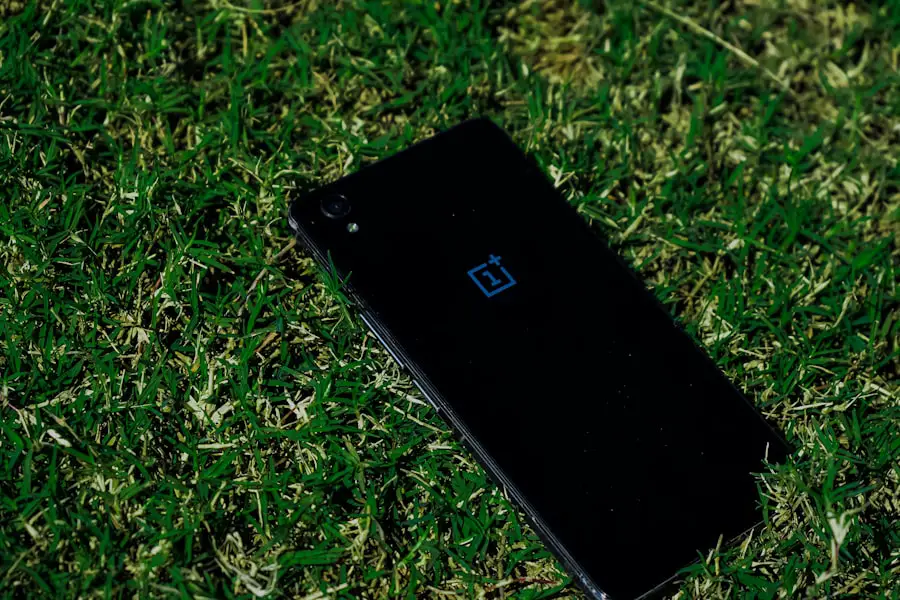Group texts, also known as group messaging, have become an integral part of communication in the digital age, especially among Android users. This feature allows multiple individuals to engage in a single conversation thread, making it easier to share information, plan events, or simply stay connected with friends and family. When a group text is initiated, all participants can send and receive messages simultaneously, creating a dynamic and interactive dialogue.
The technology behind group texts typically relies on either SMS (Short Message Service) or MMS (Multimedia Messaging Service), depending on the content being shared and the capabilities of the devices involved. One of the key aspects of group texts on Android is the way they handle message delivery and responses. In a standard SMS group chat, replies are sent to everyone in the group, which can lead to a flurry of notifications and messages that may overwhelm some users.
Conversely, MMS group texts allow for richer content, such as images and videos, but they also come with their own set of limitations, such as file size restrictions and potential data charges. Understanding these nuances is essential for users who want to make the most out of their group texting experience on Android devices.
Key Takeaways
- Group texts on Android allow multiple people to communicate in a single conversation
- To leave a group text on Android, open the conversation, tap the three-dot menu, and select “Leave group”
- Manage notifications from group texts by opening the conversation, tapping the three-dot menu, and selecting “Notifications”
- Customize group text settings on Android by accessing the messaging app’s settings and adjusting the group messaging options
- When dealing with group text etiquette, be mindful of reply all, avoid spamming, and respect others’ privacy
- Alternatives to group texting on Android include using messaging apps like WhatsApp, Telegram, or Slack for group communication
How to Leave a Group Text on Android
Leaving a group text on an Android device can be a straightforward process, but it varies depending on the messaging app being used. Most modern messaging applications, such as Google Messages or Samsung Messages, provide a user-friendly interface that allows participants to exit a group chat with ease. For instance, in Google Messages, users can tap on the group conversation they wish to leave, then select the three-dot menu icon in the upper right corner.
From there, they can choose the option to “Leave Group.” This action will remove them from the conversation and stop any further notifications from that particular thread. However, it’s important to note that leaving a group text does not delete the conversation history from the devices of other participants. This means that while you will no longer receive messages or notifications from that group, others will still have access to previous messages exchanged within the chat.
In some cases, users may find themselves needing to leave a group text due to excessive notifications or irrelevant conversations. Understanding how to navigate this process can help maintain a more organized messaging experience on Android devices.
Managing Notifications from Group Texts

Managing notifications from group texts is crucial for maintaining focus and minimizing distractions in today’s fast-paced environment. Android devices offer various options for customizing notification settings for group messages, allowing users to tailor their experience according to their preferences. For instance, users can choose to mute notifications for specific group chats if they find them overwhelming or irrelevant.
This feature is particularly useful for large groups where conversations can become chaotic and incessant. To mute notifications for a group text in Google Messages, users can open the conversation, tap on the three-dot menu icon, and select “Notifications.” From there, they can choose to mute notifications for a specified duration or indefinitely. This allows users to participate in the conversation at their convenience without being bombarded by constant alerts.
Additionally, some messaging apps allow users to customize notification tones for different groups, enabling them to distinguish between various conversations at a glance. By effectively managing notifications, users can strike a balance between staying connected and maintaining their peace of mind.
Customizing Group Text Settings on Android
| Setting | Description |
|---|---|
| Group Text Notifications | Allows you to customize how you receive notifications for group text messages. |
| Group Text Sound | Choose a specific sound for group text message notifications. |
| Group Text Vibration | Set a custom vibration pattern for group text message notifications. |
| Group Text LED Color | Assign a specific LED color for group text message notifications. |
Customizing group text settings on Android devices can significantly enhance the user experience by providing greater control over how messages are received and displayed. Many messaging applications come equipped with features that allow users to adjust settings related to group chats. For example, users can often change the name of the group chat or assign specific contact images to make it easier to identify conversations at a glance.
This personalization not only adds a touch of individuality but also helps streamline communication. Moreover, some messaging apps offer advanced settings that allow users to control who can add them to new group chats. This feature is particularly beneficial for individuals who frequently receive unsolicited invitations to groups they have no interest in joining.
By adjusting these settings, users can create a more curated messaging environment that aligns with their preferences and communication style. Additionally, understanding how to manage these settings can empower users to take charge of their digital interactions and foster more meaningful connections.
Dealing with Group Text Etiquette
Navigating group text etiquette is essential for maintaining harmonious communication among participants. Group texts can sometimes lead to misunderstandings or conflicts if proper etiquette is not observed. One fundamental rule is to be mindful of the content being shared within the group.
For instance, sharing sensitive information or personal anecdotes may not be appropriate if all participants are not close friends or family members. It’s crucial to consider the dynamics of the group before sending messages that could potentially make others uncomfortable. Another important aspect of group text etiquette is respecting others’ time and attention.
Sending multiple messages in quick succession can overwhelm participants and lead to frustration. Instead, it’s advisable to consolidate thoughts into fewer messages or use features like voice notes when appropriate. Additionally, acknowledging others’ contributions by responding thoughtfully can foster a positive atmosphere within the group chat.
By adhering to these etiquette guidelines, participants can ensure that their group texting experience remains enjoyable and respectful for everyone involved.
Alternatives to Group Texting on Android

While group texting is a popular method of communication among Android users, there are several alternatives that may better suit specific needs or preferences. One such alternative is using dedicated messaging apps like WhatsApp or Telegram. These platforms offer robust features such as end-to-end encryption, file sharing capabilities, and support for larger groups compared to traditional SMS or MMS group texts.
Users can create groups with up to 256 members on WhatsApp or even larger groups on Telegram, making these apps ideal for organizing events or coordinating with larger teams. Another alternative is utilizing social media platforms like Facebook Messenger or Instagram Direct Messaging for group conversations. These platforms not only allow for text-based communication but also enable users to share multimedia content seamlessly within the chat.
Additionally, they often come with features like reactions and polls that can enhance engagement among participants. By exploring these alternatives, users can find communication methods that align more closely with their preferences while still facilitating effective group interactions on their Android devices.
If you’re looking for more information on managing group texts on Android, you may want to check out this article on how to contact the app developer. This resource could provide additional tips and tricks for navigating group texts and other messaging features on your Android device.
FAQs
What is a group text on Android?
A group text on Android is a messaging feature that allows users to send a single message to multiple recipients at the same time.
How do I leave a group text on Android?
To leave a group text on Android, open the group message, tap the three-dot menu icon, and select the option to “Leave group” or “Delete group.”
Will the other members be notified if I leave a group text on Android?
Yes, when you leave a group text on Android, the other members will be notified that you have left the group.
Can I mute a group text on Android instead of leaving it?
Yes, you can mute a group text on Android to stop receiving notifications without leaving the group. Open the group message, tap the three-dot menu icon, and select the option to “Mute notifications.”
Can I rejoin a group text on Android after leaving it?
If you leave a group text on Android, you may be able to rejoin if another member adds you back to the group. However, this depends on the group settings and the actions of the other members.
